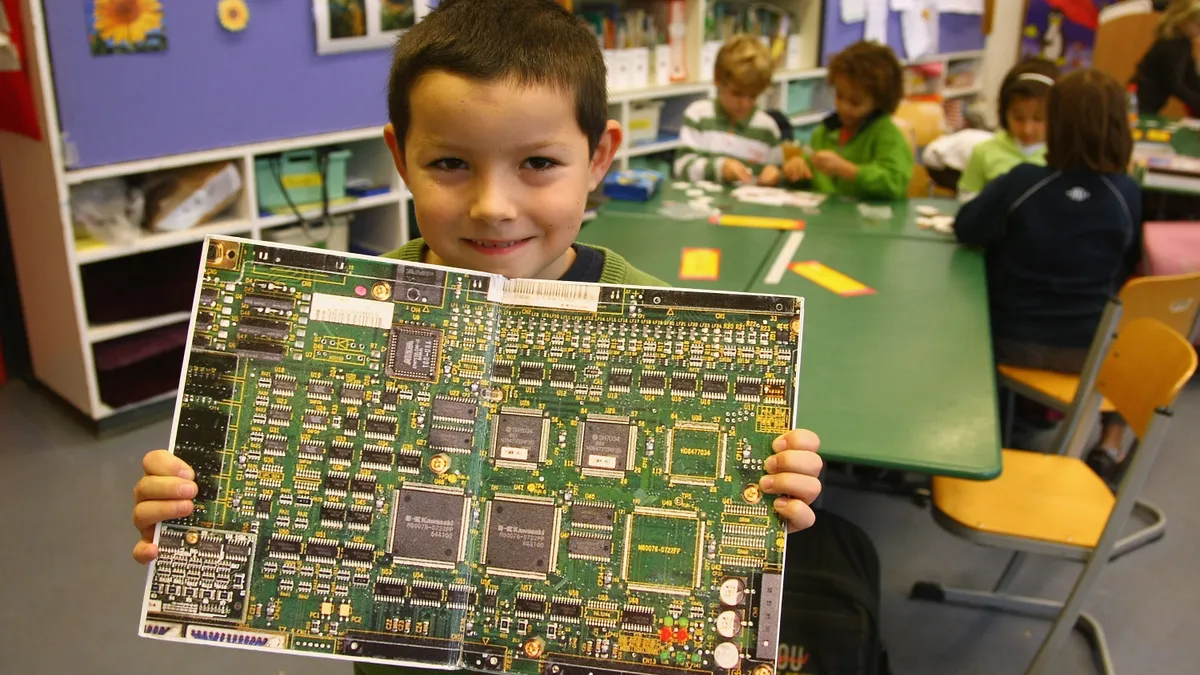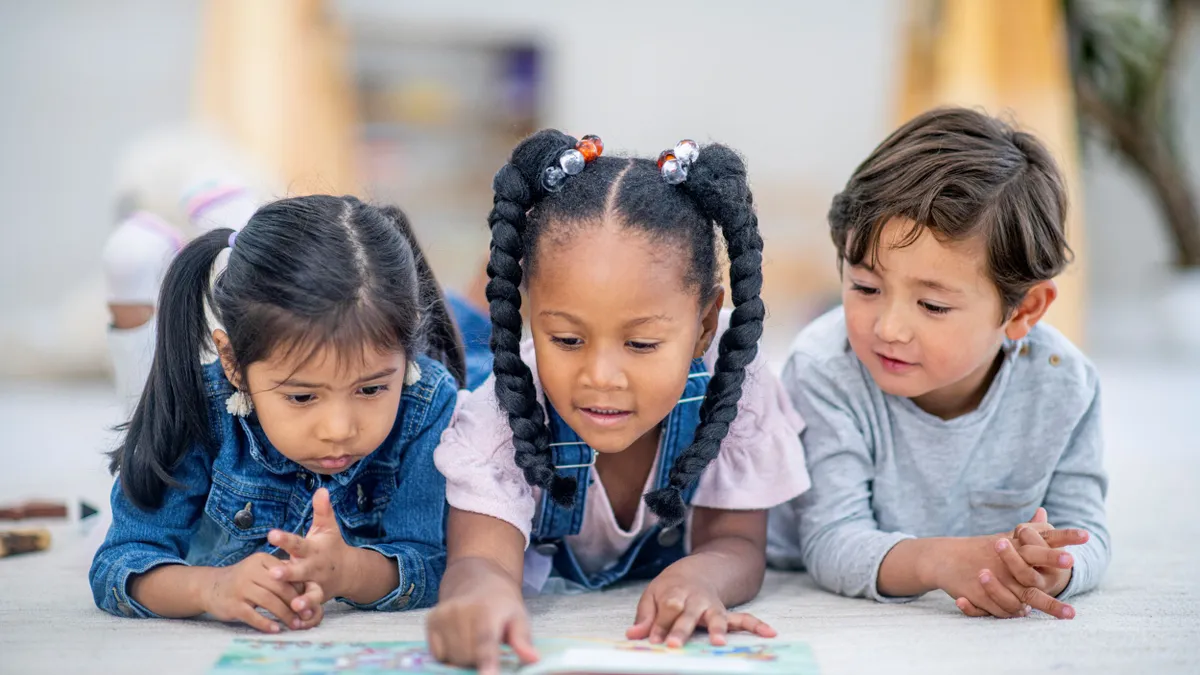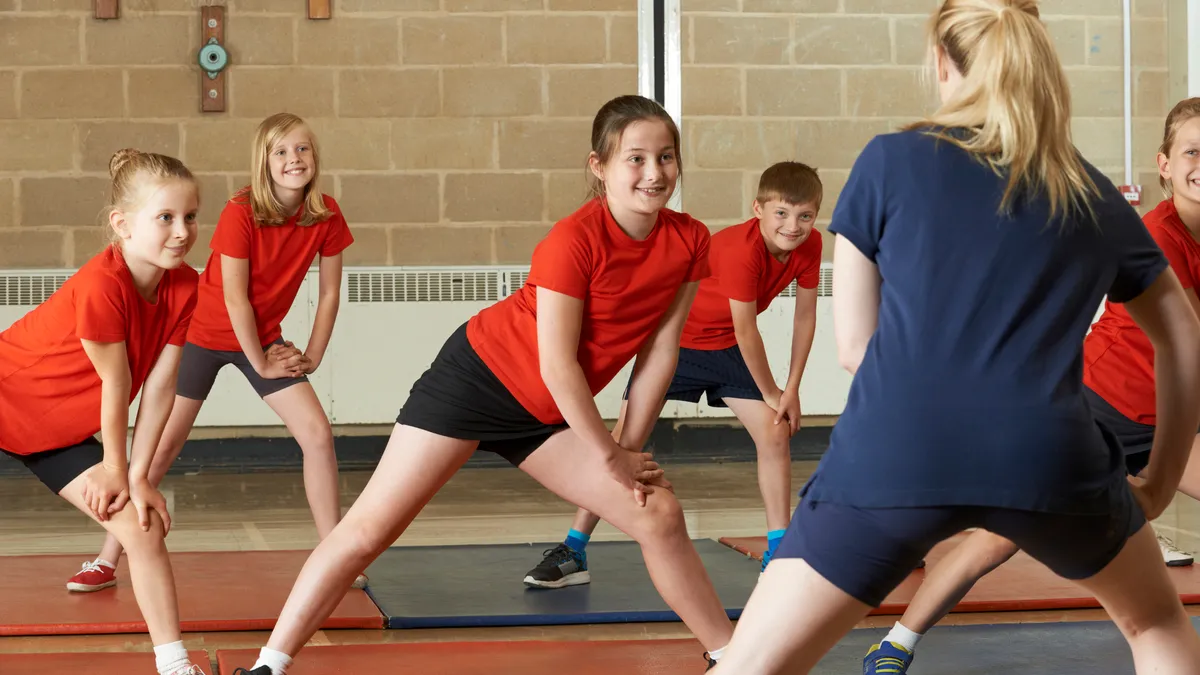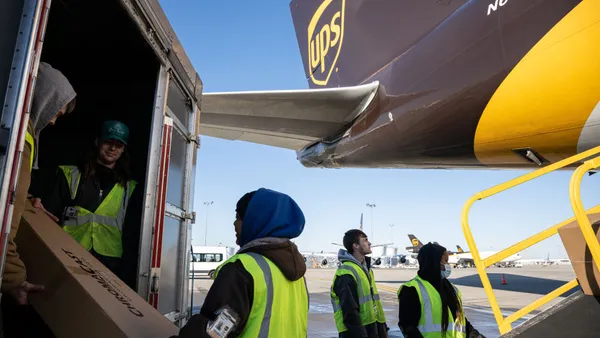David Bill is a teacher and science facilitator (K1-6) at Boston Renaissance Charter Public School in the Hyde Park section of Boston.
As educators, we all know STEAM (science, technology, engineering, arts and mathematics) education is instrumental in helping our students develop critical thinking, problem-solving and innovation skills. But at the same time, STEAM education can be instrumental when it comes to building a sense of community within our schools.
As the science facilitator at Boston Renaissance Charter Public School (K1-6), my team and I worked to create an updated STEAM curriculum for the post-pandemic environment. Like most schools across the nation, our kids' social-emotional needs intensified during the pandemic. We knew we needed to create new and engaging learning opportunities — ones that were not only strong on academics and SEL, but also that helped build community back into our school after extended separation and disruption.
We knew STEAM education in general would be the best way to help our students build resilience and adapt to new challenges and changes — and that’s how our “STEAM Days” came about. At our school, we have two half-day Fridays per month, so we decided to take five of those half-days from the school year and dedicate each to one of the letters in the STEAM acronym.
We found we could align each STEAM concept to the Massachusetts science standards we needed to follow and use them as a vehicle to encourage kids to take chances, to write more and to discuss topics more freely. We added motivating factors to each day, allowing them to participate in fun hands-on activities and tasks. Each STEAM Day paired writing assignments with these activities in which students explained what they learned.
Whether it was our 6th graders building mirror mazes with our preschoolers to study how light refracts or our kindergarteners melting crayons in homemade solar ovens to study how thermal energy can cause matter to change states, students were encompassing all of the skills they learned separately in English language arts and math and bringing them into their science lessons.
Projects like these erase the dividing lines between academic subjects, give students a chance to combine concepts and knowledge from different areas, and help create a deeper understanding of how to solve real-world problems. By participating in these lessons, we found students — when they feel they are part of a community and the bigger picture — are also more inspired to take ownership of their learning.
On STEAM Days, we pair our older students with younger ones, where they are basically learning the same concepts, but at different levels of complexity. For example, our 3rd graders who are studying force and momentum are paired with 6th graders, and together they experiment with marbles and ramps. Our 6th graders don’t have a force and motion unit as part of their curriculum, but they bring their engineering knowledge — built upon their foundational lessons from 3rd grade — and are able to explain and demonstrate aspects of the experiments to their younger classmates. For instance, they can show them why the marble at the top of the ramp has more gravitational potential energy than one released lower on the ramp.
When our younger students are spoken to on a peer level by the older kids, they seem to absorb the knowledge more readily than if one of the teachers were instructing them. It gives them more confidence and makes them more apt to seek leadership roles within their school community when their time comes.
That is, perhaps, the most significant feature of our STEAM Days — the fact that they are entirely student driven. The teachers are on hand to facilitate and steer discussion and activity, but the kids are really the ones taking over, following the inquiry and investigative process, and coming up with the solutions.
One of the pleasant surprises we’ve discovered during our student-directed STEAM Days is that we’ve had no behavioral issues whatsoever.
Historically, we’ve always had challenges during any hands-on, stimulating activities. But we’ve found students are more motivated to work in STEAM blocks because it’s not “stand-and-lecture,” and the activities serve as an outlet for any pent-up energy for some students and as creative expressions for others. It’s positive reinforcement all around.
Our STEAM Day projects also allow us to work with each student’s individual learning style, which leads to better outcomes for all of them. For instance, students who struggle in academic areas like writing and reading may be better able to navigate through more hands-on learning and shine in engineering tasks. The STEAM curriculum allows us to scaffold learning and figure out the best avenue to reach every one of our students — which is not always the case with other curricula.
Finally, STEAM education is — and should be — about more than developing practical skills alone. To fully reap the benefits, STEAM curricula should strive toward inclusion and community building. When teachers and students engage with one another in intentional and meaningful ways, outcomes improve both academically and socially. Isn’t that an educator’s ultimate goal?





















